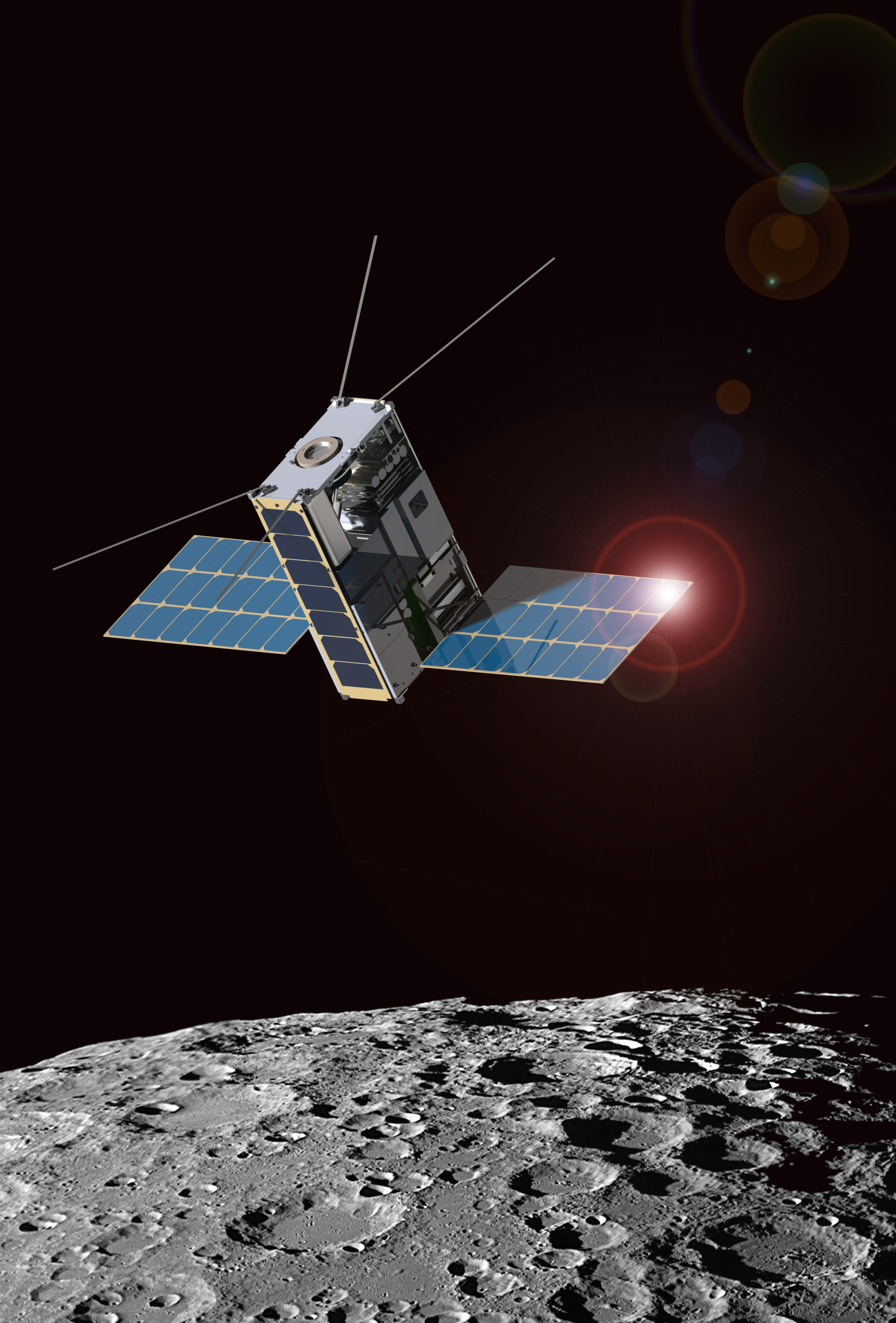The Moon, which is our neighbor in the cosmos, has captivated the interest of scientists and people who are passionate about space travel for ages. Exploring the vastness of space has always been one of humanity’s most compelling pursuits. NASA has embarked on a wide variety of missions and developed cutting-edge technologies in its never-ending effort to understand the mysteries surrounding the Moon. The Lunar Flashlight developed by NASA is an example of such a fantastic creation.
The Lunar Flashlight is a small satellite that will look for ice on the parts of the Moon that are always under shadow. Its mission will be to find water ice. Its primary purpose is to demonstrate that it is possible to discover and identify these precious resources using reflected sunlight, which might potentially help future human expeditions to the Moon.
But why would the moon have water? Water is an essential resource for human life, and the existence of water on the Moon would be a significant step toward making it possible to conduct long-term, self-sustaining missions. It has the potential to be used as a source of potable water, to assist in agricultural production, and even to supply oxygen for breathing and hydrogen for use as a fuel source. If water ice were to be found on the moon, it would completely transform our understanding of the lunar environment and lead to the creation of brand new opportunities for human exploration and colonization of the moon.
So, how exactly does one use the Lunar Flashlight? In order to locate potential water ice deposits, the satellite makes use of a method known as “laser reflectometry.” It is equipped with a laser that sends out bursts of light towards the surface of the moon. When the light strikes the surface, it travels through the uppermost layer of regolith (also known as lunar soil) and has an effect on any water ice that may be there. It is possible that part of the laser light will be reflected back to the satellite if there is water ice present.
In order to assess whether or not there is water ice present, the device aboard the Lunar Flashlight will measure the intensity and wavelength of the light that is reflected. In the permanently shaded parts of the Moon, scientists can learn a great deal about the concentration and distribution of water ice by conducting an analysis of the properties of the light that is reflected back to them from the surface.
The satellite itself is not particularly large; its dimensions are about the same as those of a shoebox. As a secondary payload, it will be sent into orbit during NASA’s Artemis I mission, which will put the orbit Launch System (SLS) rocket and the Orion spacecraft through their paces. After it is successfully launched into space, the Lunar Flashlight will immediately begin its mission of scouring the surface of the Moon for potential ice water reservoirs.
The Lunar Flashlight project is an innovative and cost-effective way to lunar exploration that is currently in development. Without sending a huge, dedicated mission, NASA is able to collect essential data about the water ice that exists on the Moon by utilizing a small satellite that is fitted with a specialized equipment. This strategy makes it possible to rapidly prototype and test newly developed technology, so paving the path for future expeditions to the moon.
In addition to its scientific goals, the Lunar Flashlight mission has a number of important practical ramifications for potential manned journeys to the Moon in the future. Through the process of mapping and analyzing the distribution of water ice, NASA is able to locate suitable landing sites that offer convenient access to this important resource. The utilization of this information will be critical in the planning of future lunar bases and infrastructure.
In the long and eventful history of humankind’s exploration of the Moon, the Lunar Flashlight symbolizes an exciting new chapter. This tiny satellite’s mission to investigate the possibility of water ice on the moon has the potential to yield important data that will impact our understanding of the lunar environment and influence the path that future missions take. As scientists continue to uncover more secrets about our neighbor in the cosmos, the Lunar Flashlight sheds light on the opportunities that lie ahead in our mission to explore and populate the Moon.
![]()
